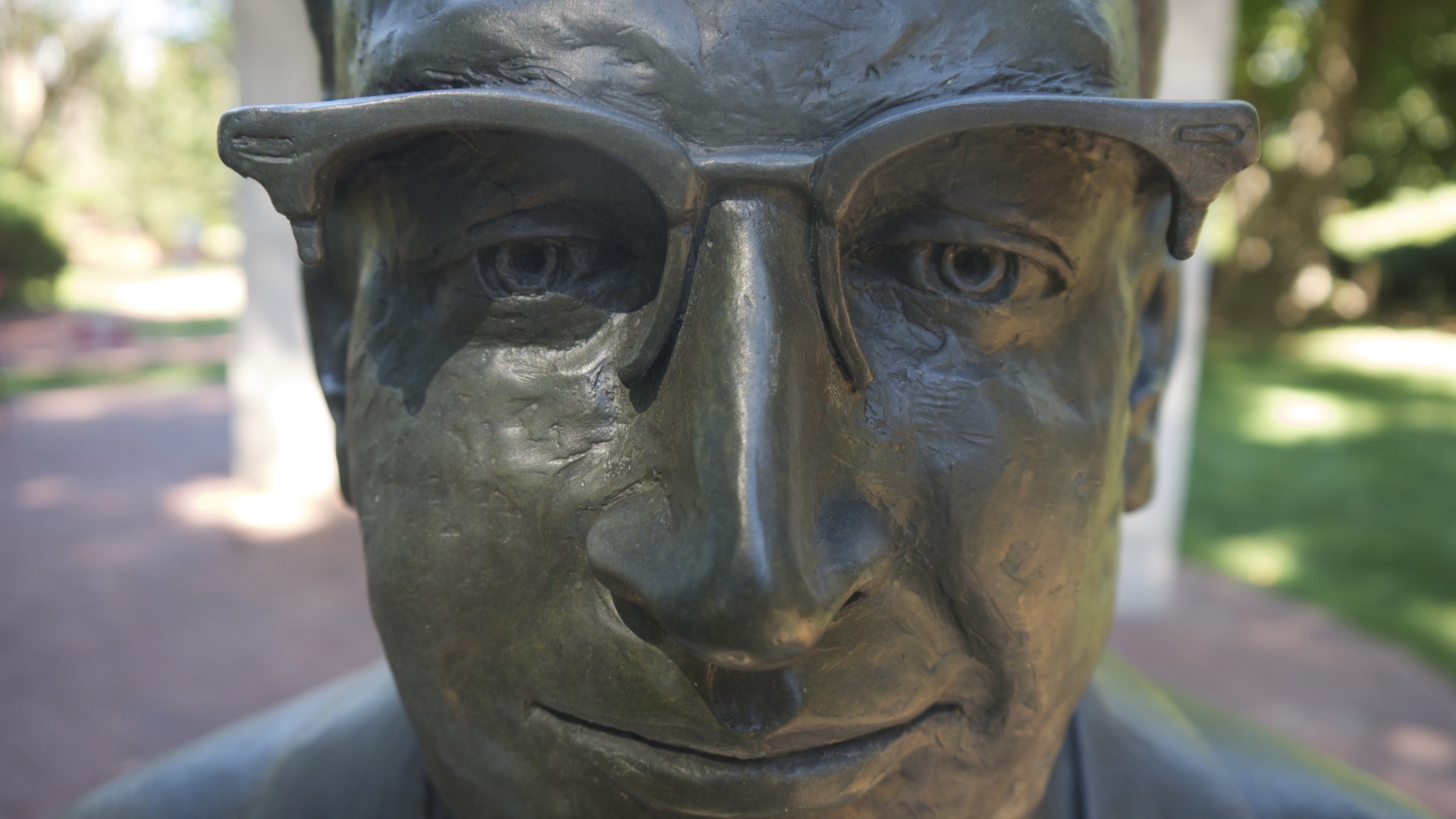As the outrage over the United Airlines flight disaster has begun to settle, people begin to push the issue to the back of their minds as they continue along with their lives. The images of a man being beaten and dragged down the aisle of a plane start to fade and become less important as new issues arise in the news. Late Night hosts have reached the end of the gamut of one liners and analogies at United’s expense, and any further stories about the event begin to lose their luster.
Such is the case with the news cycle, especially with those stories of public corporate disgrace. Many companies over the past few years have endured scandals, some coming out of them critically wounded, others taking a hit for some time before returning to acceptable levels. Mylan, the company infamously responsible for raising the price of the EpiPen by over 600%, has largely returned to normal operations after a period of public backlash. These examples of corporate misconduct could be said to have been rationalized by the idea that if it’s within the realm of legality, there is a moral justification implied as well.
But a larger microcosm of the problem exists well after an issue leaves the public eye. How should the legal system be involved in cases such as these? What kind of punishments or disciplines should be put forward for these types of cases? How should the morality of cases such as these be decided?
The common theme that runs through each one of these cases, and most prominently for United Airlines, is that of technical legality. The debate that followed this incident was not one of morality and punishment and justice, but whether or not United Airlines had walked the tightrope of their legal right to remove a passenger in such a way. Similarly, he debate that followed Mylan’s case centered on whether a company was within their right to charge whatever the market would bear in the case of life saving product.
It doesn’t take a court and jury to see that kneeing a man in the face after boarding a plane isn’t morally right. You don’t need to read pages of Federal Aviation Administration flight regulations and documents of congressional air travel laws to know that an unconscious man being dragged by his arms off a plane is morally questionable. A law degree isn’t necessary to feel threatened and uneasy by the power that Mylan holds over many patients with prohibitively expensive drug prices.
The corporate law structure is a constantly evolving entity. There are a multitude of moving parts of lobbyists, committee meetings, congressional voting and hearings and, of course, political donations. The landscape of the regulations for an industry may be significantly different 10 years in the future than they are today. Indeed, the guidelines that United Airlines is required to follow for bumping passengers today are much different than they were ten years ago, changing the amount of money required to be offered and the rights of seated passengers.
When discussions of corporate malfeasance surface in the news, there is a fundamental flaw in approaching the argument solely from the viewpoint of technical legality. The landscape of an industry changes. The specific of its laws and statutes are in a constant state of flux and gradual evolution. Our inner conscience, our sense of higher morality and our emotional appeal to basic right and wrong, however, does not operate on these same principles.
This is not a petition to blindly assign blame or righteousness, or to not be informed on all different facets of an issue. A judge, jury and court, will eventually decide legality. The American public, through the press, through freedom of expression, must hold corporations to a higher standard of morality. The initial emotion that strikes us when a situations morality is incongruent with our conscience is what drives change. This distinction becomes vital in preventing events like these from happening.











